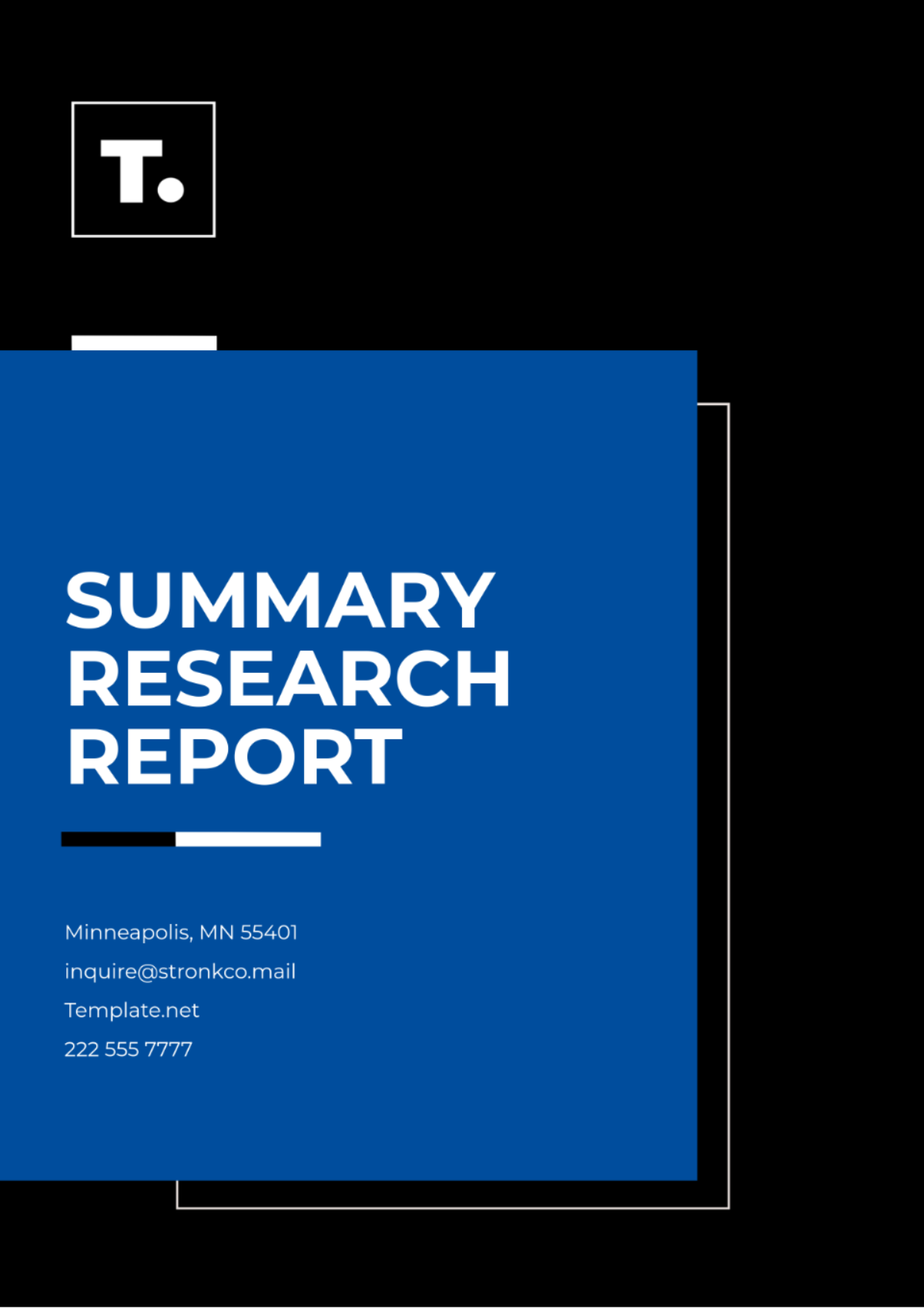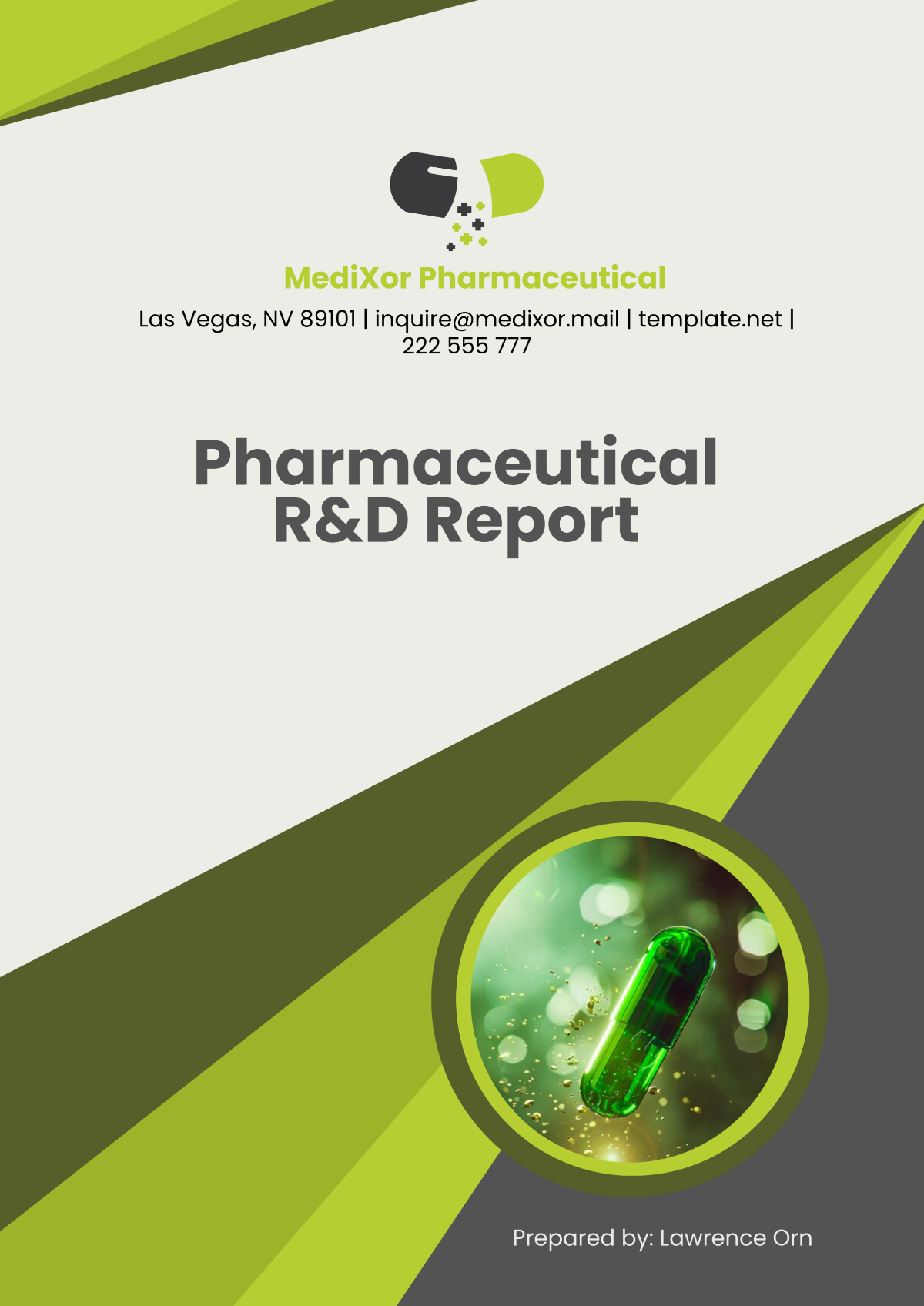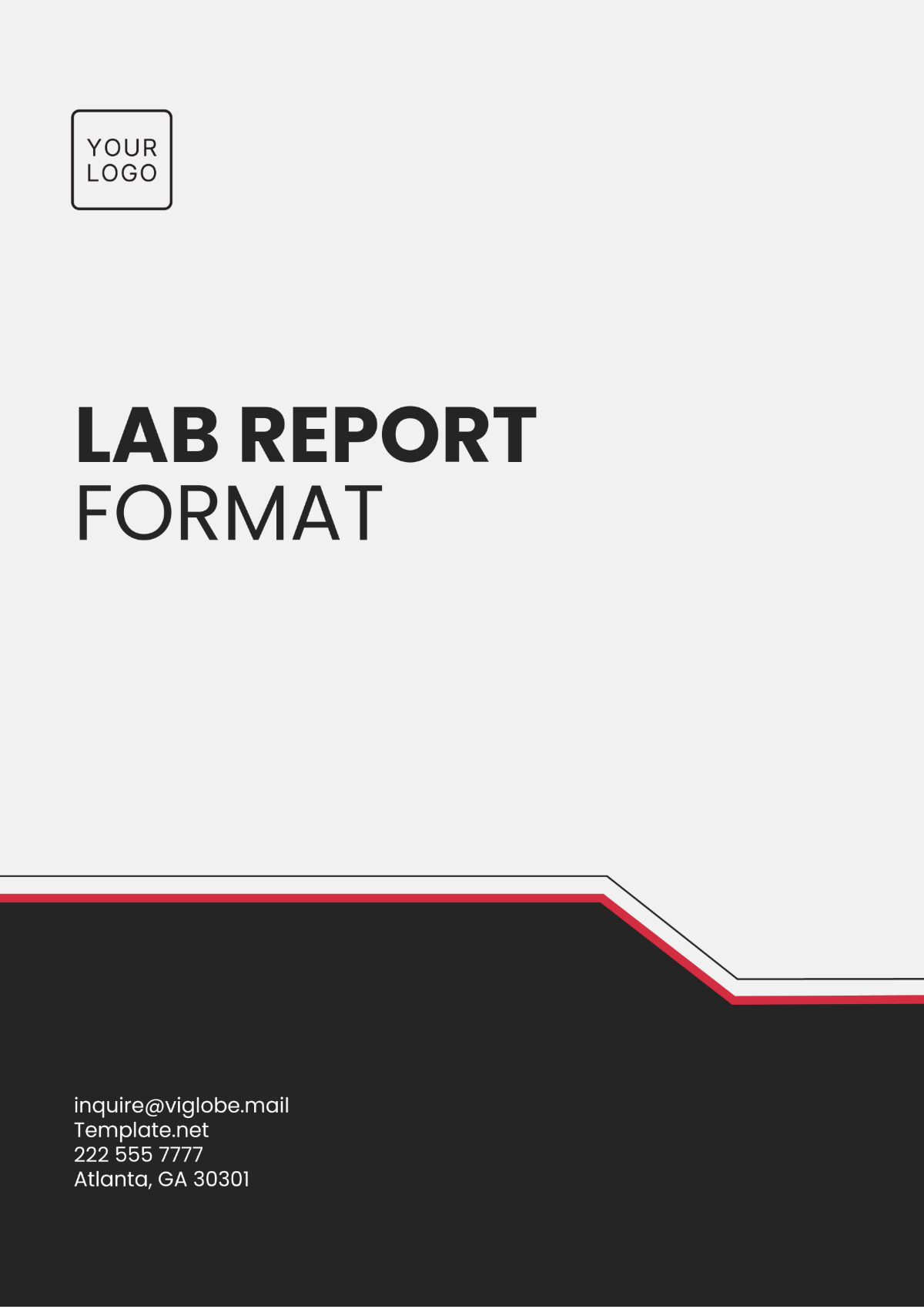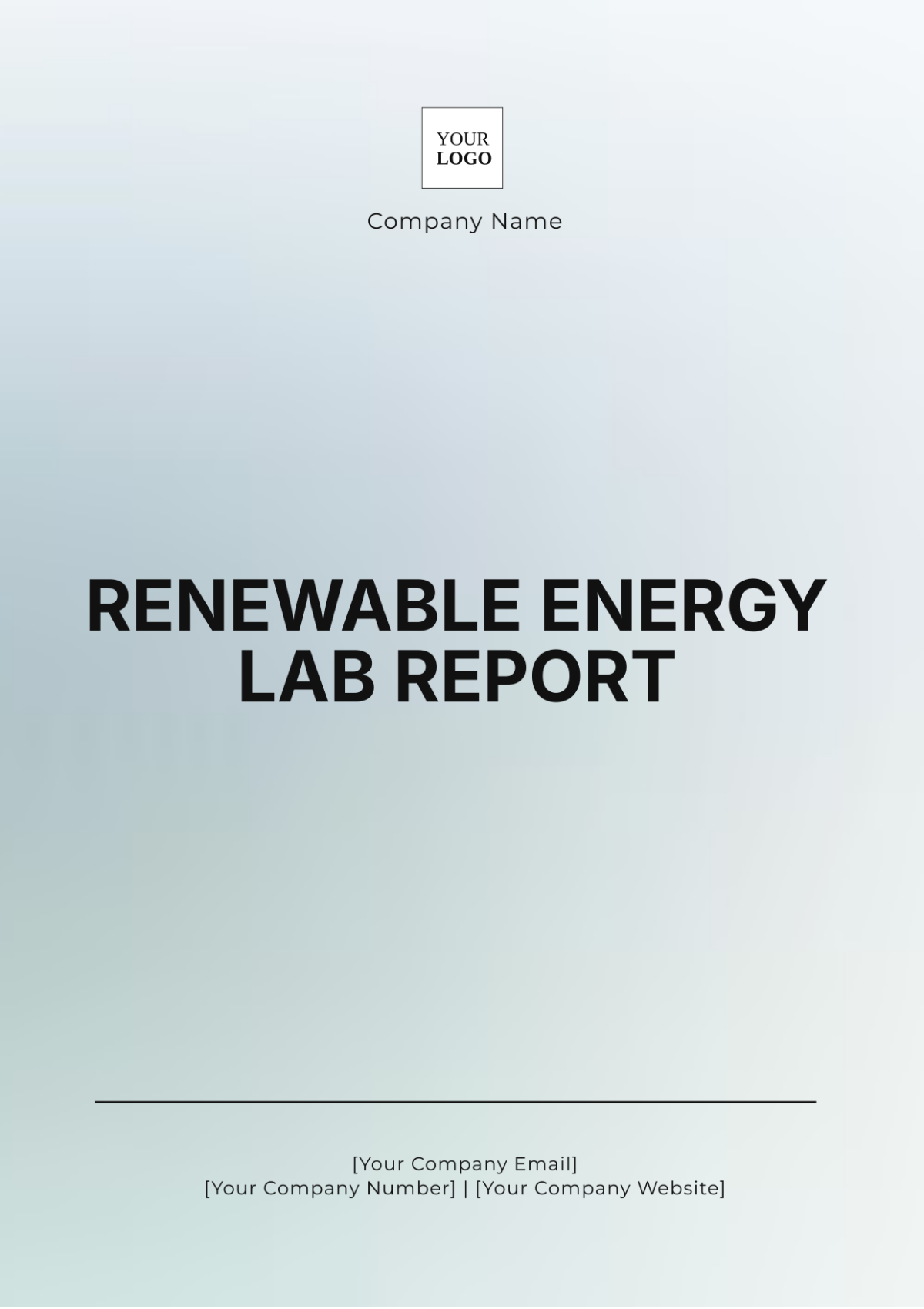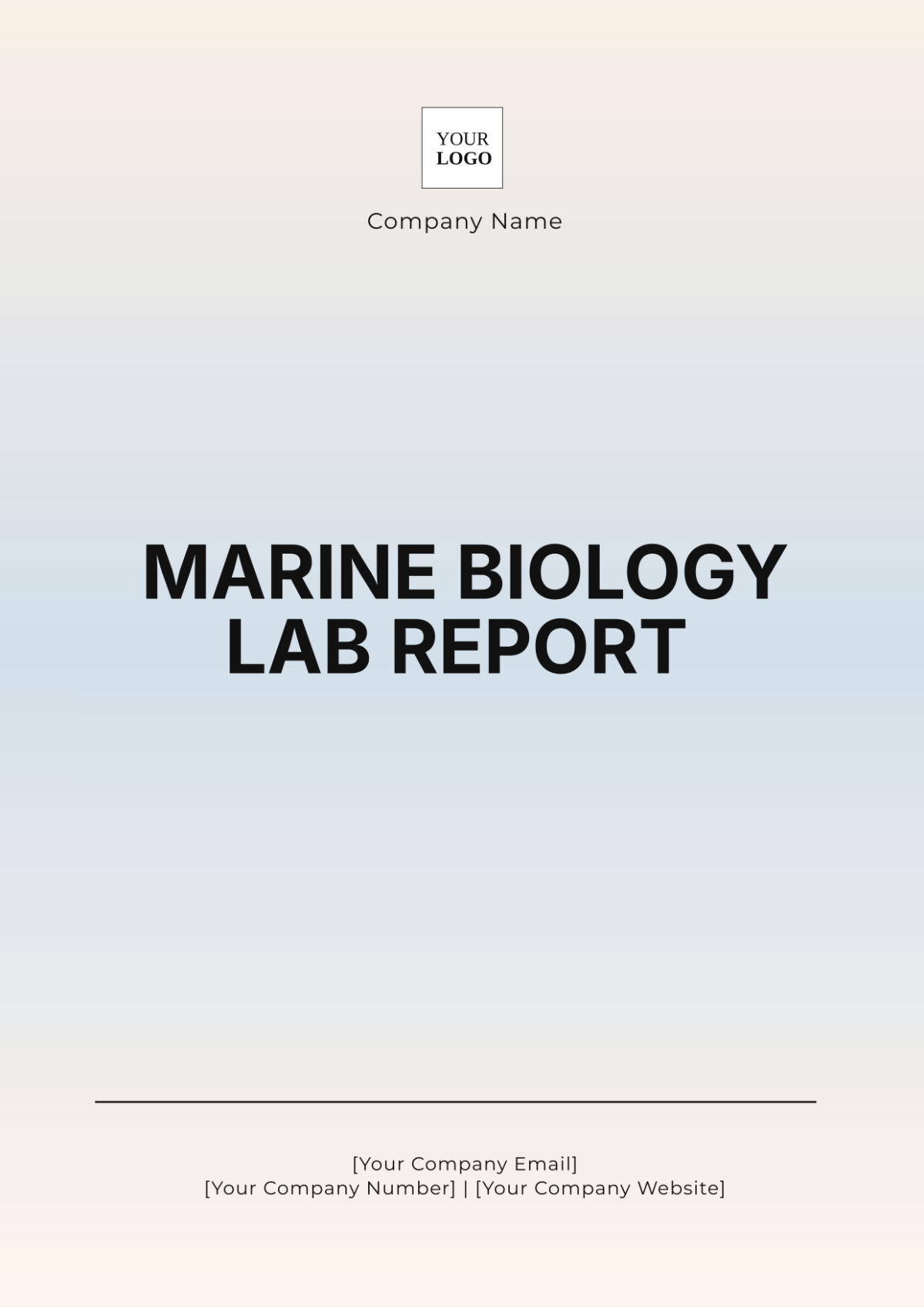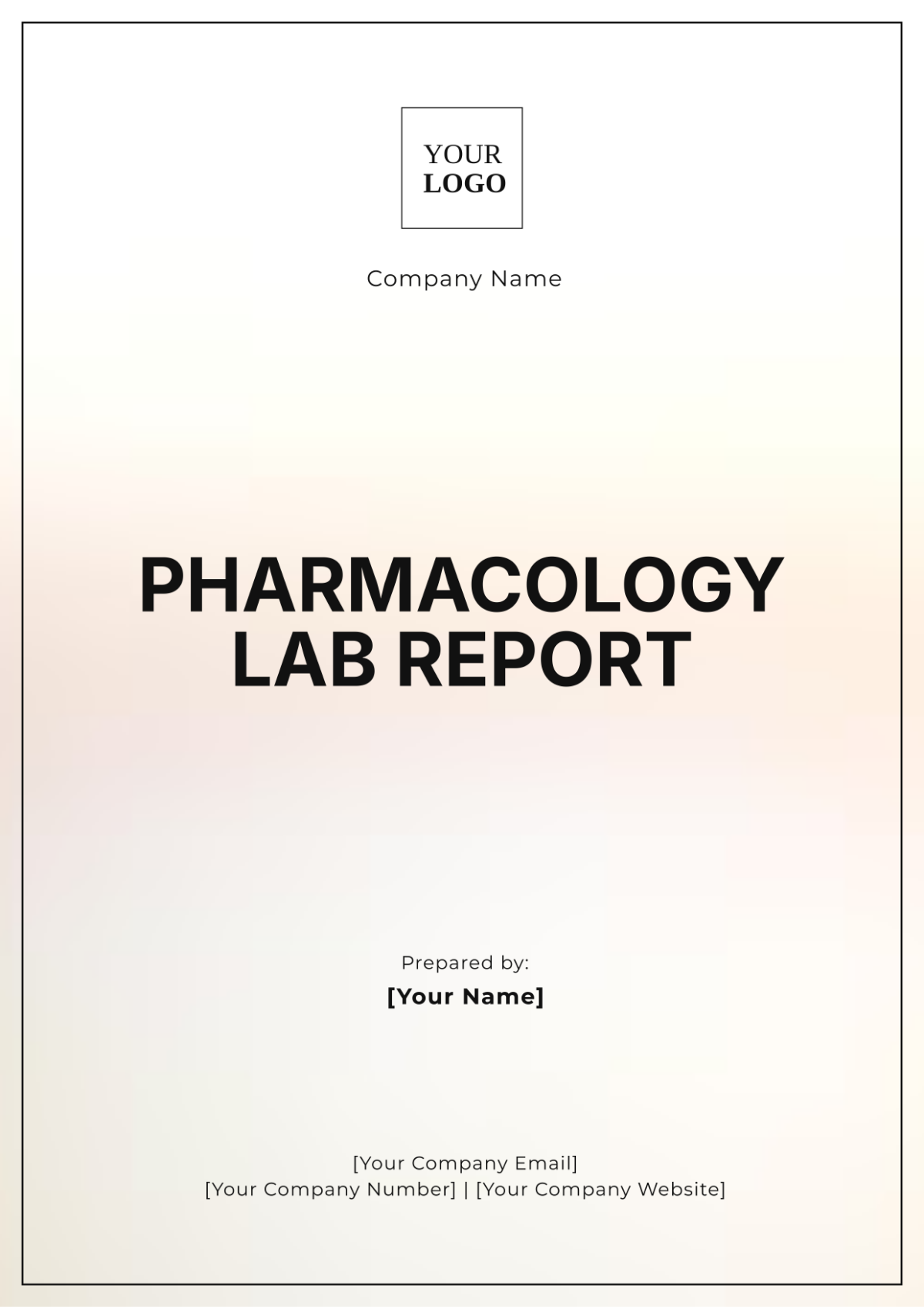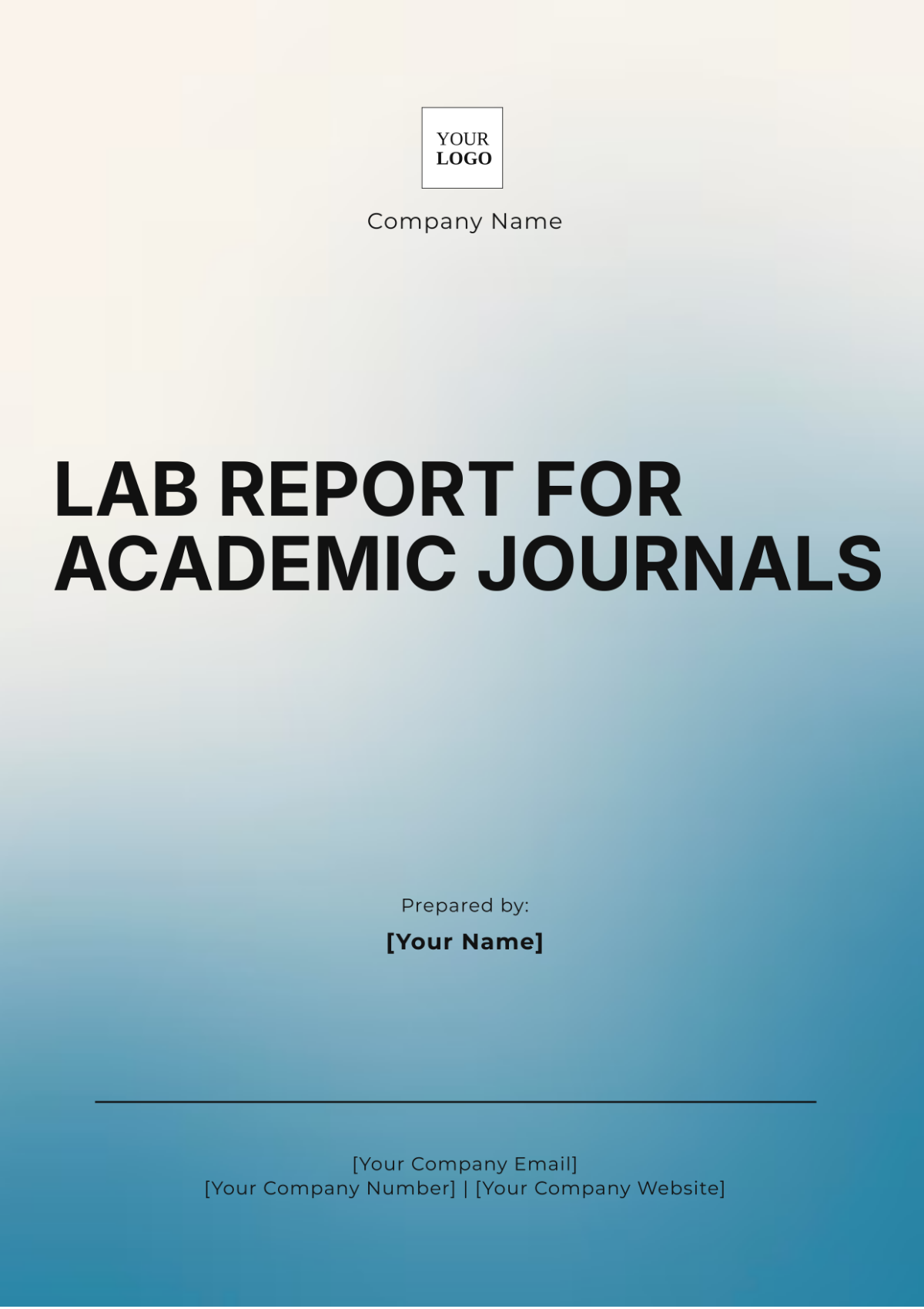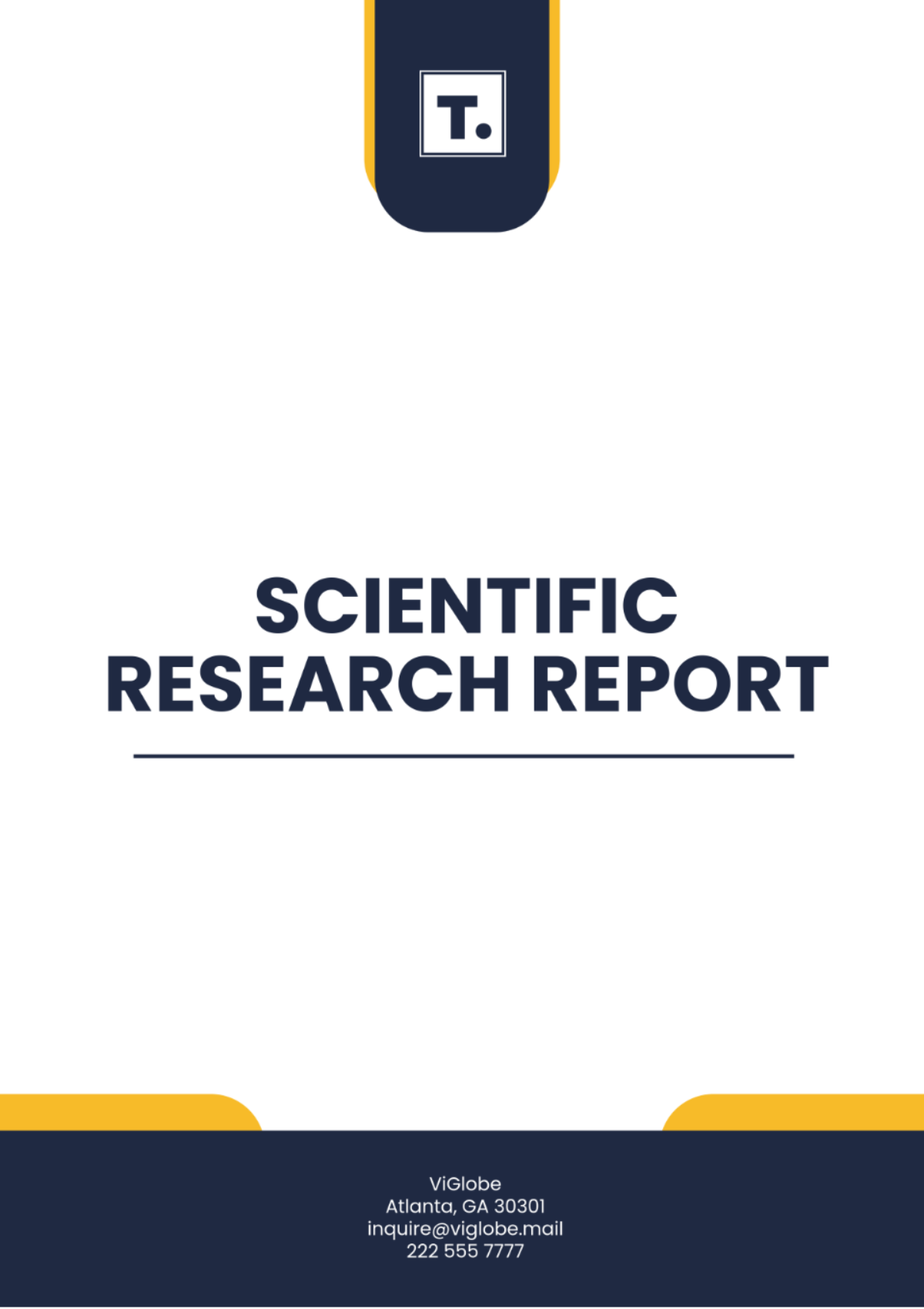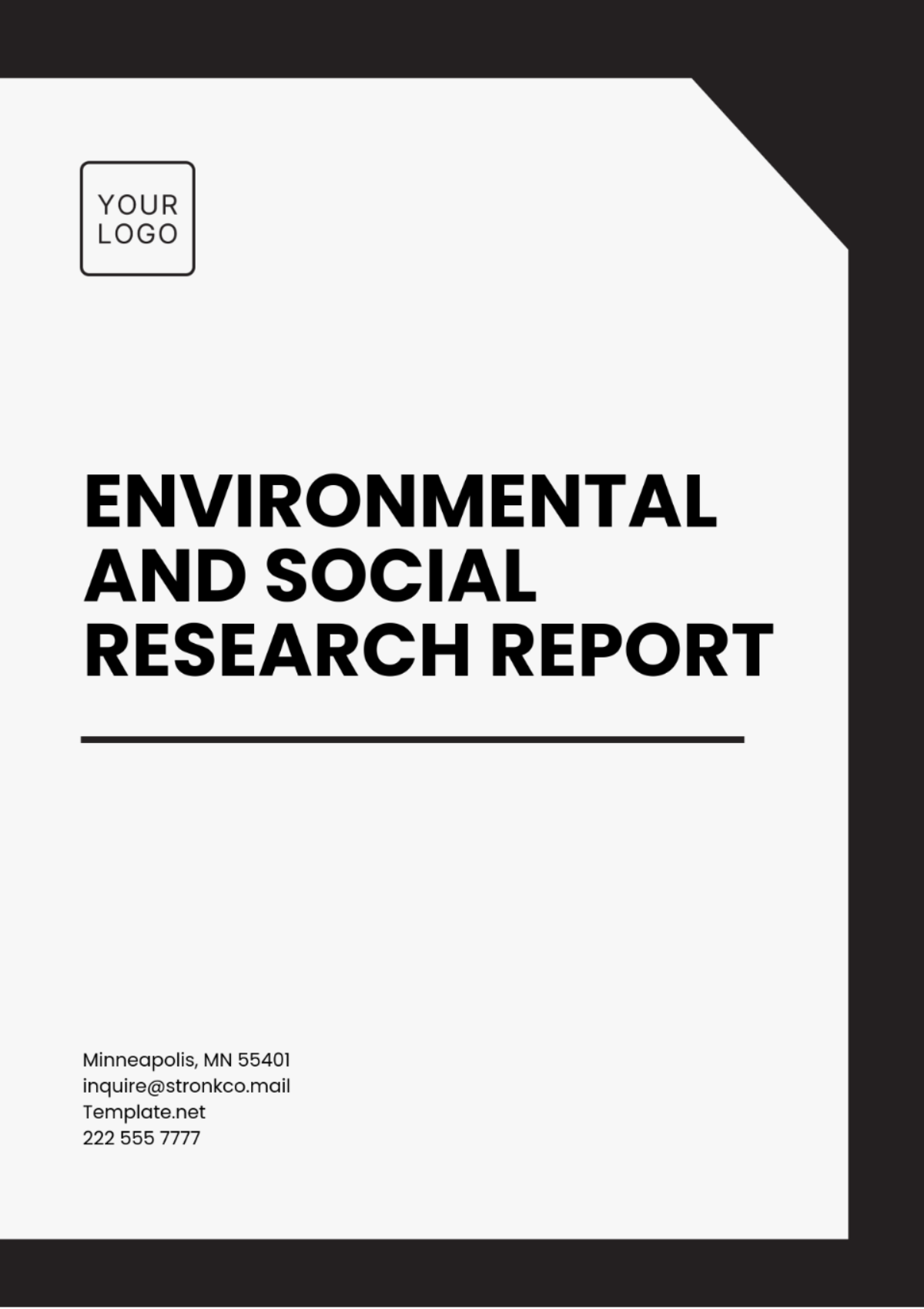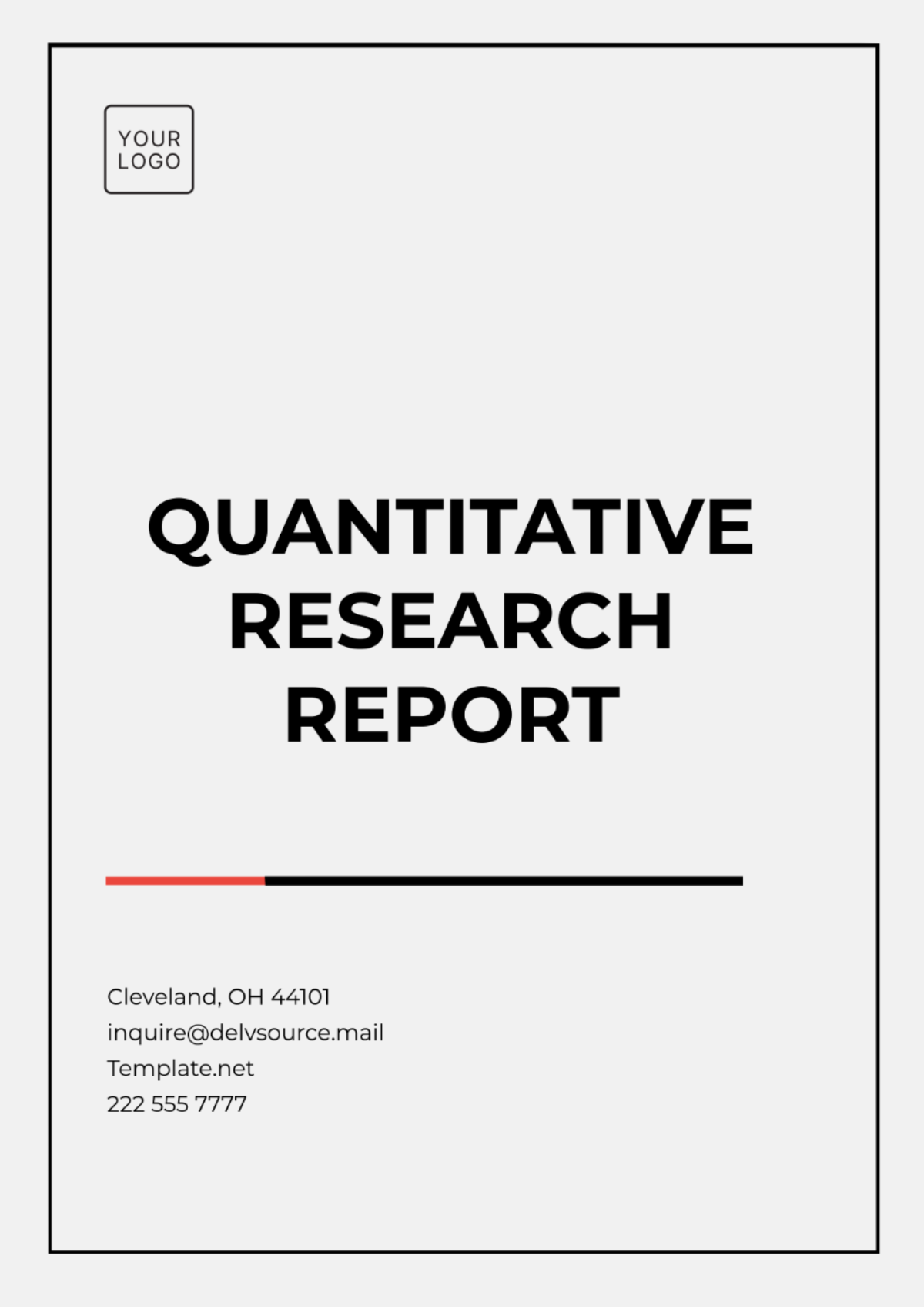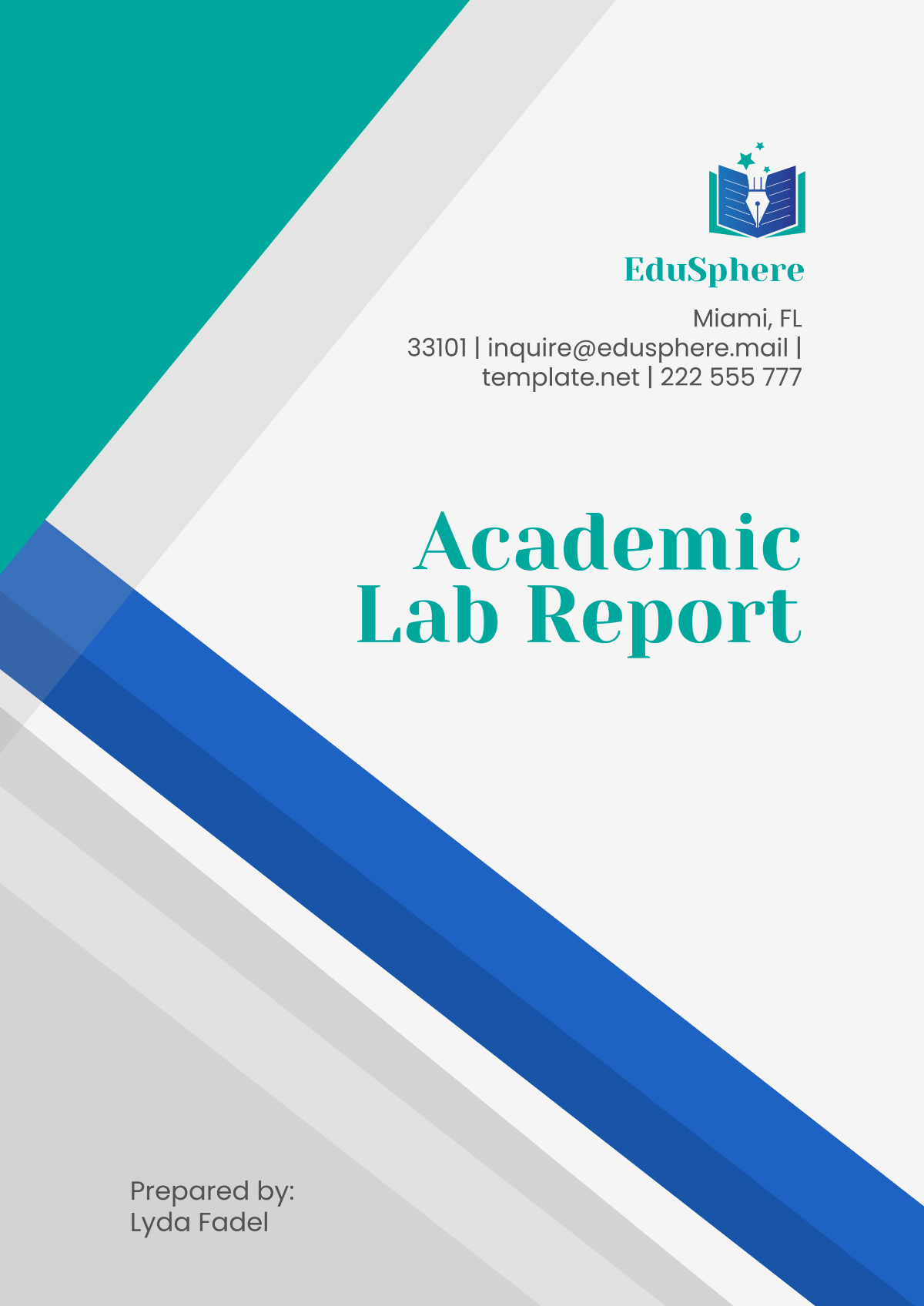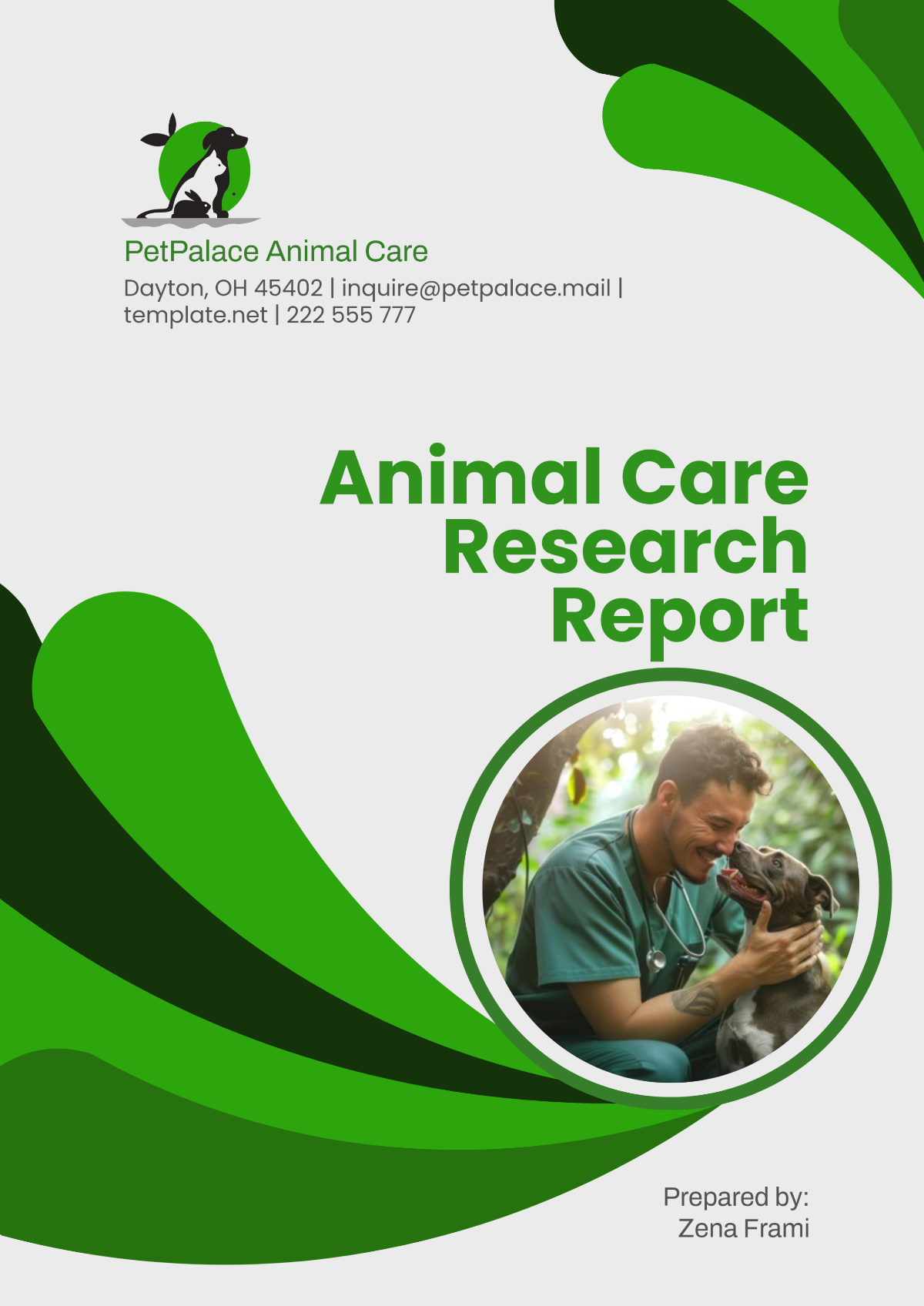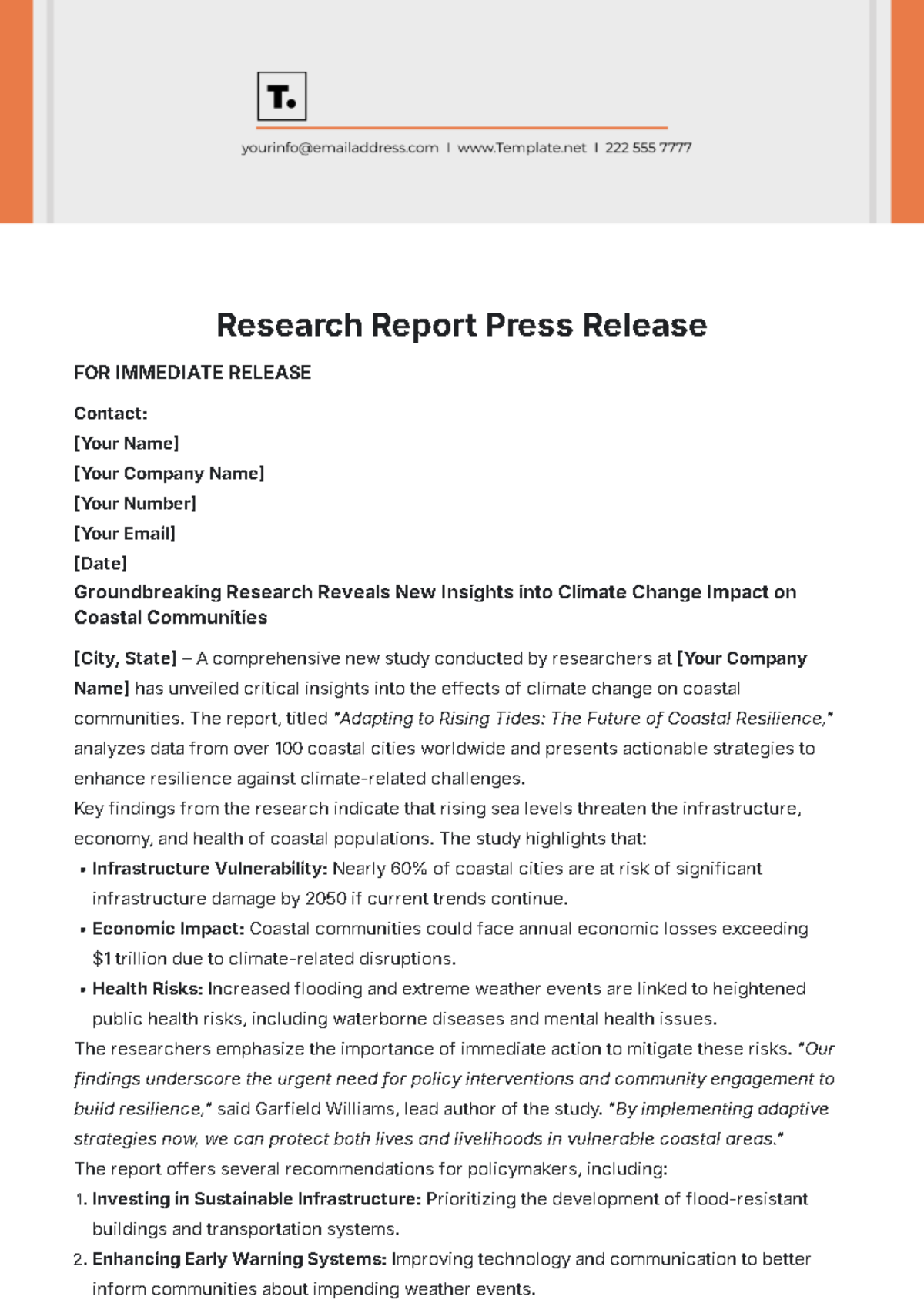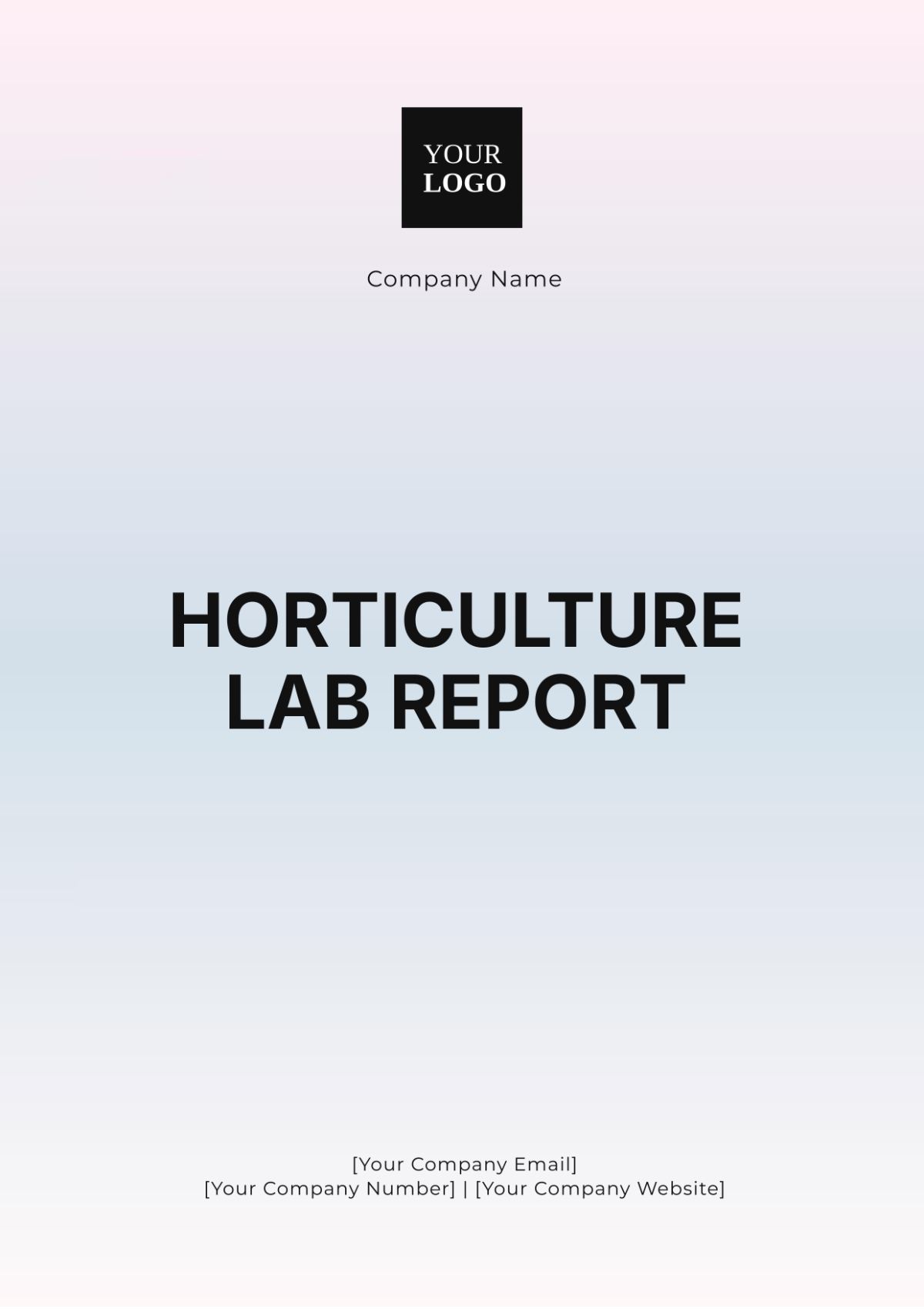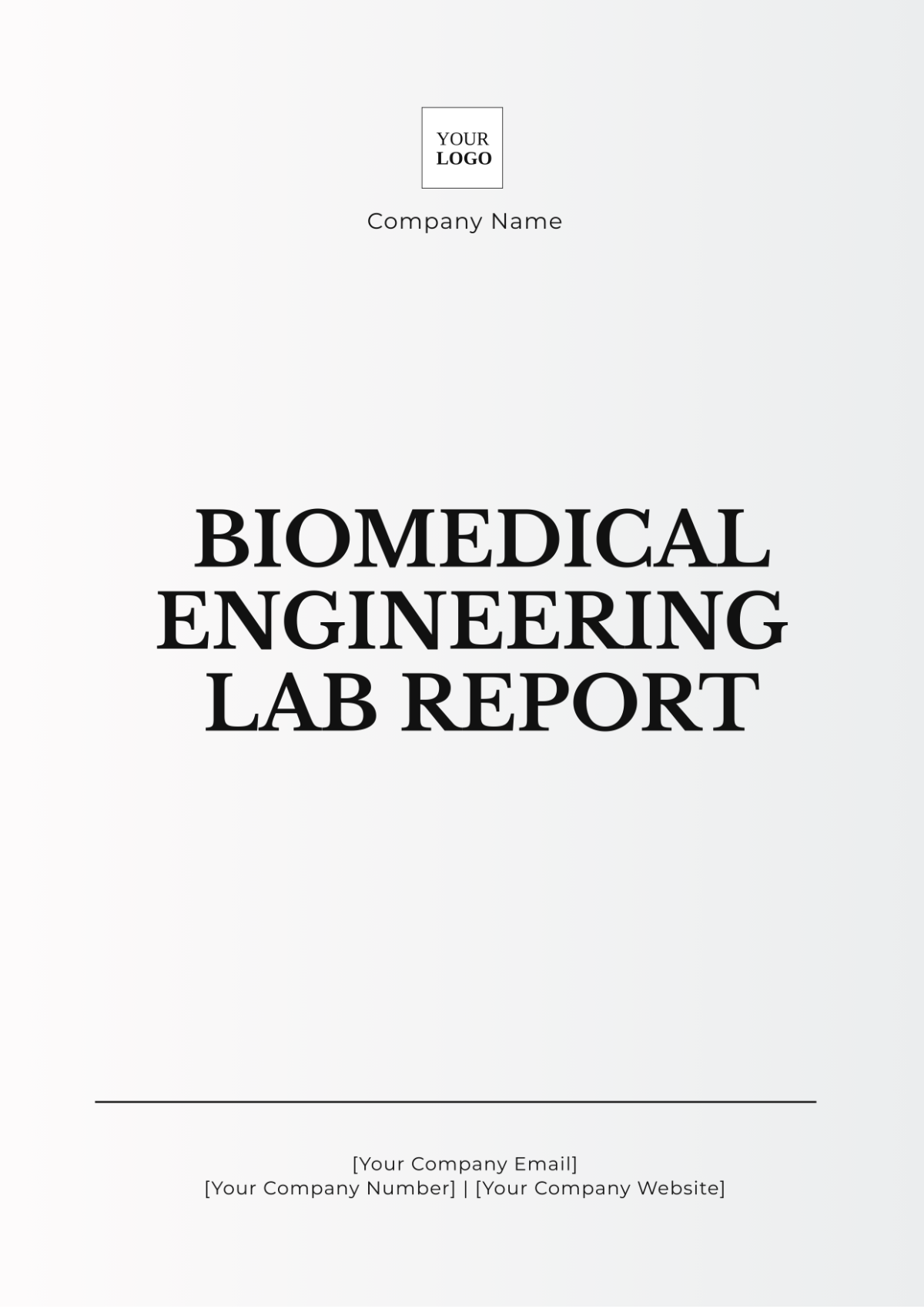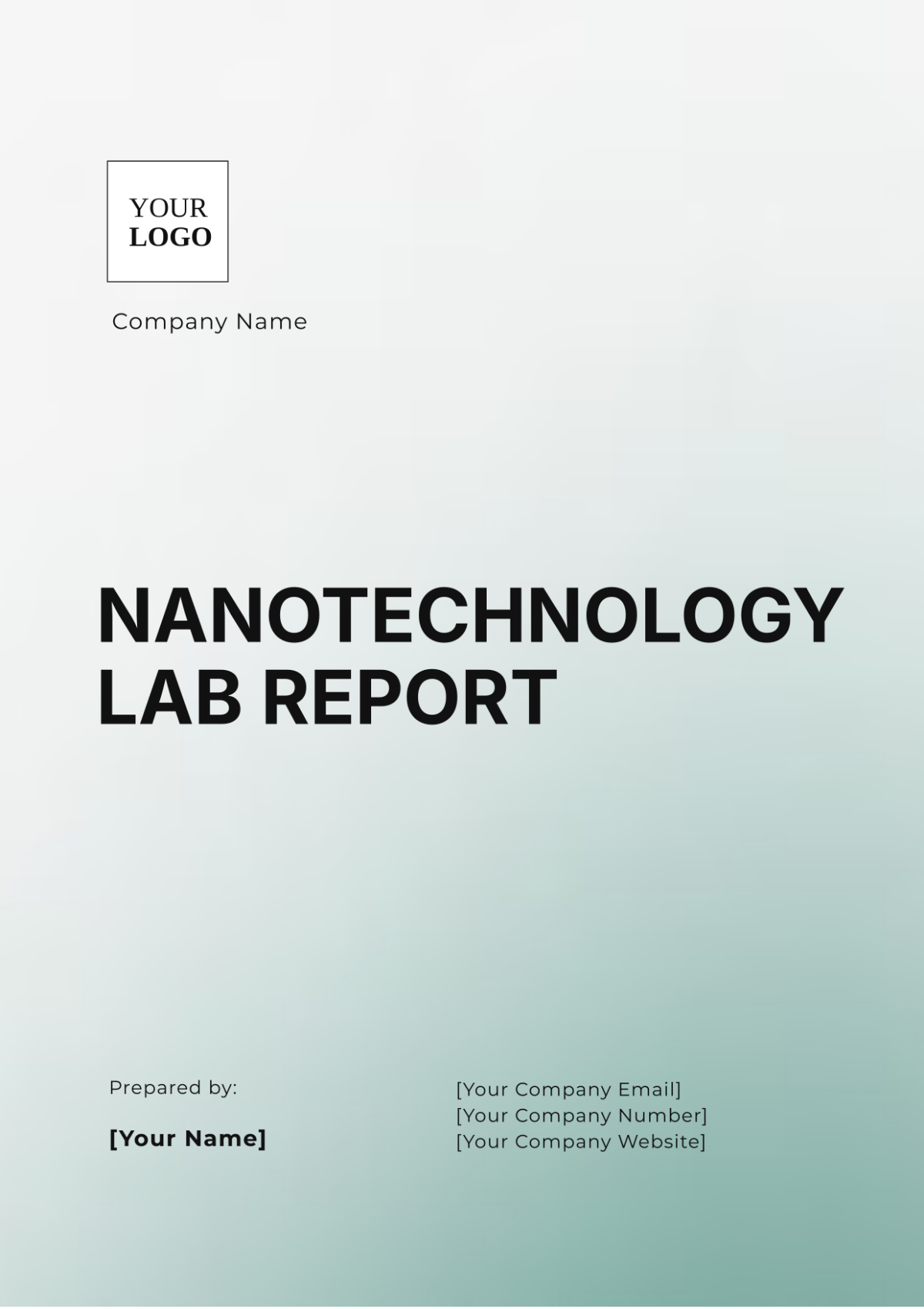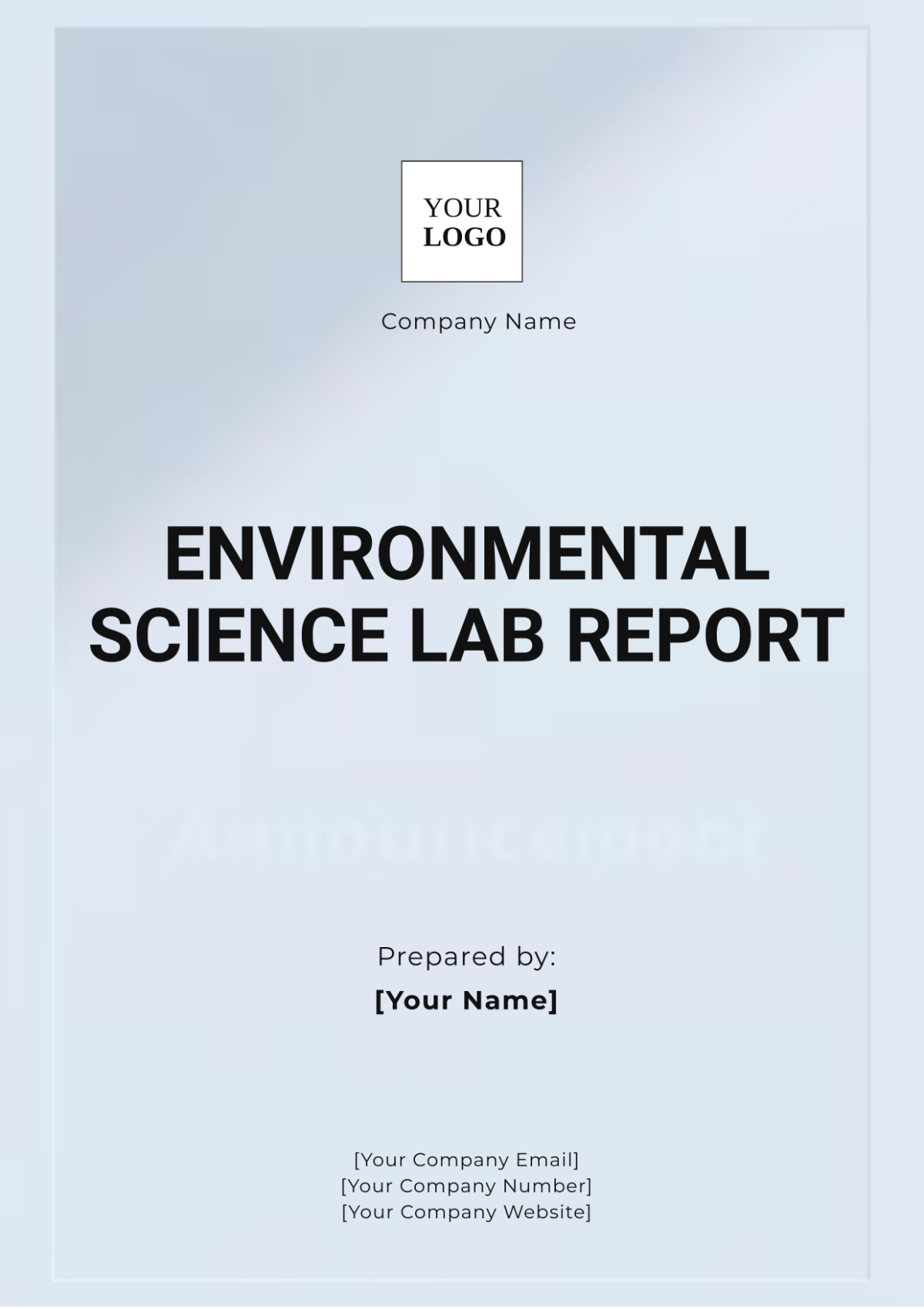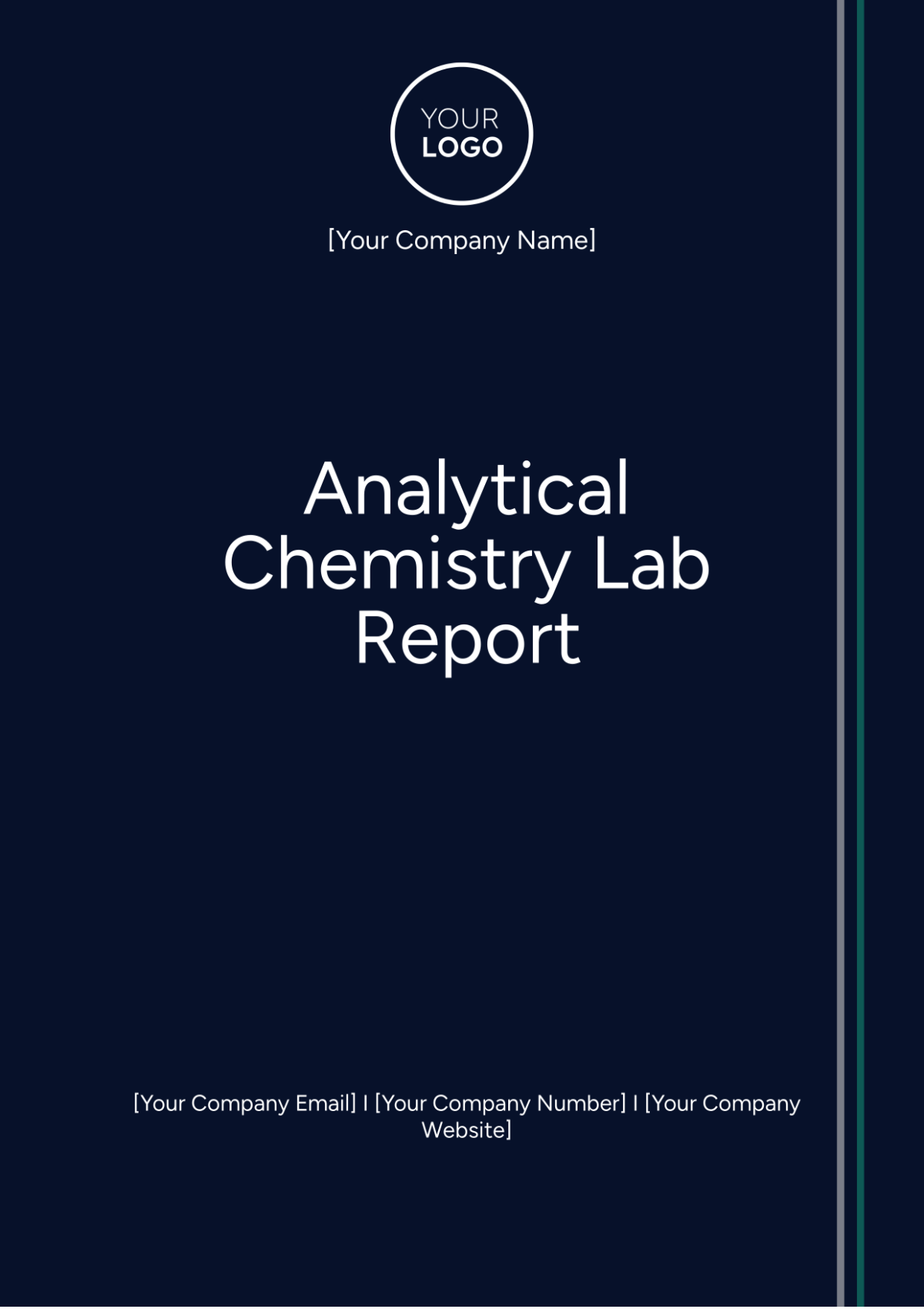Lab Report for Senior Thesis
Introduction
This research aims to investigate the effects of different light wavelengths on the growth rate of Arabidopsis thaliana, a model organism commonly used in plant biology. Understanding how various wavelengths influence photosynthesis and overall plant development can provide valuable insights for optimizing indoor farming and horticultural practices. The primary goal is to determine which light spectrum—red, blue, or white—maximizes plant growth, thereby aiding in the development of more effective artificial lighting strategies for controlled environments.
Materials and Methods
Materials
Arabidopsis thaliana seeds (variety: Columbia)
Standard potting soil (pH: 6.0-6.5)
Distilled water
LED grow lights (wavelengths: 660 nm for red, 450 nm for blue, and full spectrum white)
Growth chamber (temperature: 22°C ± 1°C, humidity: 60% ± 5%)
Ruler (accuracy: 0.1 cm)
Notebook for data recording
Methods
The experiment was conducted in a controlled growth chamber to ensure uniform environmental conditions. The growth chamber was set to maintain a temperature of 22°C ± 1°C and a relative humidity of 60% ± 5% throughout the study.
Preparation: Arabidopsis thaliana seeds were sterilized using a 10% bleach solution for 10 minutes, followed by rinsing with distilled water. Seeds were then sown in pots containing sterile potting soil.
Experimental Setup: The pots were arranged in three groups, each exposed to different light conditions:
Group 1: Red light (660 nm)
Group 2: Blue light (450 nm)
Group 3: White light (full spectrum)
Each group consisted of 10 pots, with 5 seeds sown per pot. All pots were placed at equal distances from the light source to ensure uniform light exposure. The light intensity was standardized at 100 µmol/m²/s for all conditions.
Growth Monitoring: Plants were watered daily with 20 ml of distilled water. The height of each plant was measured every three days using a ruler. Measurements were recorded in a notebook.
Data Collection: Plant height was measured from the soil level to the highest point of the plant. The growth rate was calculated by averaging the heights of plants within each group and recording the data for each week over four weeks.
Experimental Setup
Group | Light Type | Number of Plants |
|---|---|---|
Group 1 | Red Light | 10 |
Group 2 | Blue Light | 10 |
Group 3 | White Light | 10 |
Results
The data were compiled and analyzed to determine the mean plant height for each light condition over the four weeks.
Week | Red Light (cm) | Blue Light (cm) | White Light (cm) |
|---|---|---|---|
1 | 2.1 | 2.5 | 1.8 |
2 | 4.2 | 5.0 | 3.6 |
3 | 6.3 | 7.5 | 5.4 |
4 | 8.4 | 10.0 | 7.2 |
Discussion
The analysis of the data reveals that Arabidopsis thaliana plants under blue light exhibited the highest growth rate throughout the experiment. The mean height for plants exposed to blue light increased more rapidly compared to those under red and white light. This finding aligns with existing literature suggesting that blue light enhances photosynthesis and promotes vegetative growth more effectively than red or white light.
Key Observations:
Blue Light: Plants showed the most significant height increase, reaching an average of 10.0 cm by the end of the study. This suggests that blue light is highly effective in promoting plant growth.
Red Light: Plants under red light exhibited moderate growth, with an average height of 8.4 cm. While effective, red light was less impactful than blue light.
White Light: Although white light provides a broad spectrum, plants under this condition had the least growth, averaging 7.2 cm in height.
Conclusion
The experiment demonstrated that different light wavelengths significantly affect plant growth. Specifically, blue light was the most effective in promoting the vegetative growth of Arabidopsis thaliana. Future research could investigate the combined effects of multiple wavelengths and their influence on different stages of plant development, such as flowering and seed production.
References
Smith, H. (Year). Light quality, photoreception, and plant strategy. Annual Review of Plant Physiology, 33(1), 481-518.
Hoang, R.A., McLoughlin, F., & Campbell, M.T. (Year). Effects of light quality on plant growth. Plant Physiology, 178(2), 412-425.
Massa, G.D., Kim, H.H., Wheeler, R.M., & Mitchell, C.A. (Year). Plant productivity in response to LED lighting. HortScience, 43(7), 1951-1956.







